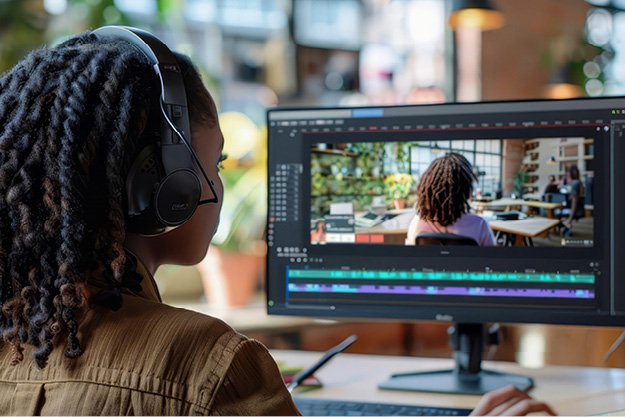
With so many colours under the sun, it may feel like choosing the perfect colour palette for your school’s yearbook will be impossible. But we assure you, it doesn’t have to be! You don’t have to be a designer or colour expert to create a great colour palette. Read on…we’re going to share some tips on how to choose the right colour combinations, and hopefully inspire you with some colour palettes we can’t resist!

First things first…if you don’t have one already, get a colour wheel! A colour wheel, or colour circle, is a circular arrangement of colours organized by their chromatic relationship to one another. It helps a lot when creating colour palettes, and it’s easier to use than it may look, we promise! With the colour wheel, you can easily create complimentary, monochromatic, analogous, neutral, or triad colour palettes. There are also lots of great online colour wheels you can access.
A complimentary colour palette uses colours directly across from each other on the wheel, like red and green, orange and blue, and yellow and purple. Shades and tints (darker and lighter) of a colour come into play here…as long as the colours belong to complimentary colours, or hues, the shade or tint you choose doesn’t matter.

Monochromatic colour palettes are pretty straightforward…its one where the whole palette is based off of one core colour; for example, one using five shades of blue. This can create a sophisticated and modern book design.

An analogous palette is one where the colours in the palette are all next to each other on the colour wheel. These tend to deliver a warm or cool look to your book since most analogous colours fall in either the warm (red, orange and yellow) or cool (green, blue and purple) side of the wheel. Analogous palettes create a look of unity and coordination.

Like monochromatic, a neutral palette is pretty easy to decipher as well…like grays and taupes. On their own, not incredibly exciting, but add an accent colour, like your school colour, can liven things up!

Finally, a triad colour palette has three colours that are equidistant to one another on the wheel…like red, yellow and blue. Be sure to play with different shades and tints to find what works for you!

A few “colour best practices”:
- Start with your boldest colour choice first. From there, you can easily match the supplemental colours! A good place to start is your primary school colour.
- Keep it simple. Picking great colours is one thing but using them effectively is another. You don’t want to start piling colours into your design and then having it all fall apart! Generally, between three and five is best.
- Use a 60-30-10 rule. This will help you balance colours, allowing you to move comfortably from one focal point to another. It’s also easy to use: 60% is your dominant hue, 30% is your secondary colour, and the last 10% is for an accent colour. Keeping things balanced will be cleaner to the eye and more comfortable in your readers’ brains!
- If you’re using dark or light colours be sure that your text is clear and readable. On dark backgrounds choose a light shade (or white), and on light backgrounds opt for a dark (or black) colour.
- Whatever you end up choosing, remember consistency is key!
That all being said…rules are made to be broken. Colour is meant to be fun and expressive, so don’t be afraid to experiment. Even if your colour choices don’t follow the “best practices”, they can still look great together.
Need some inspiration? Here are some colour palettes we are loving right now!















